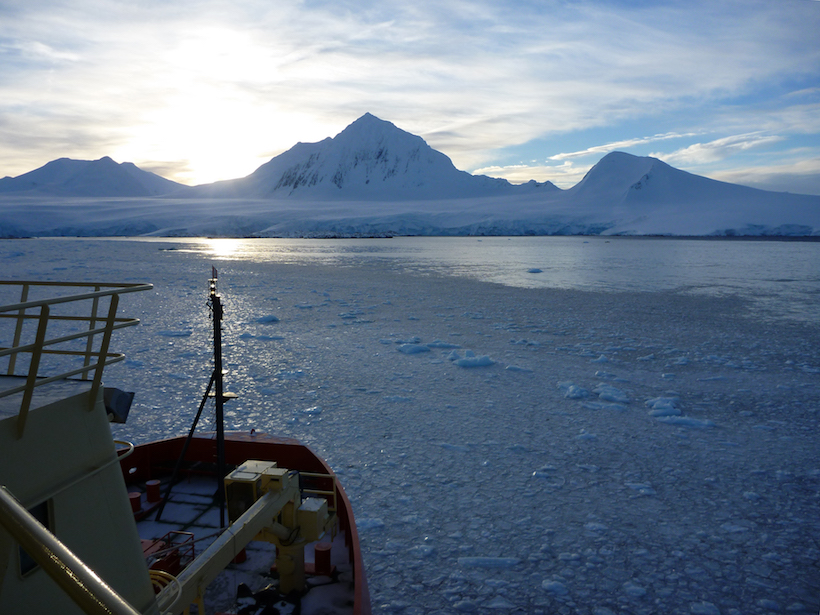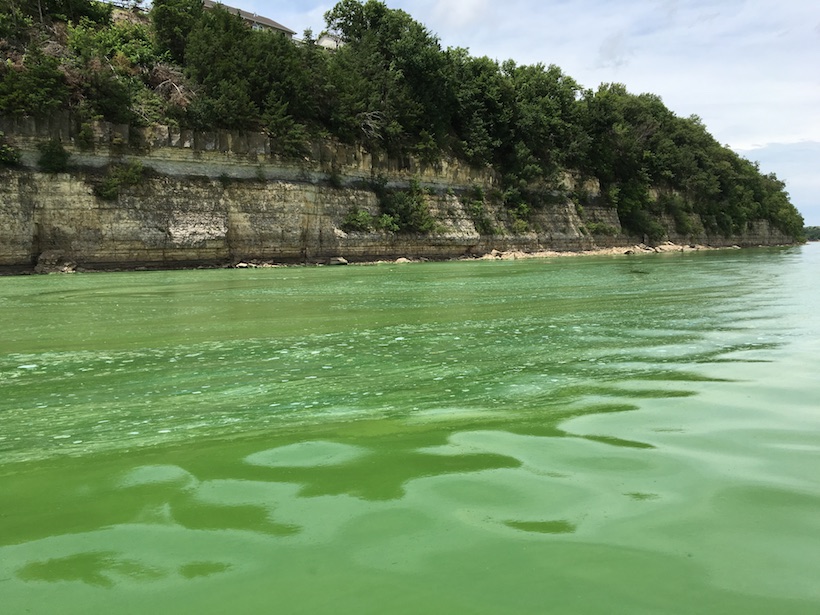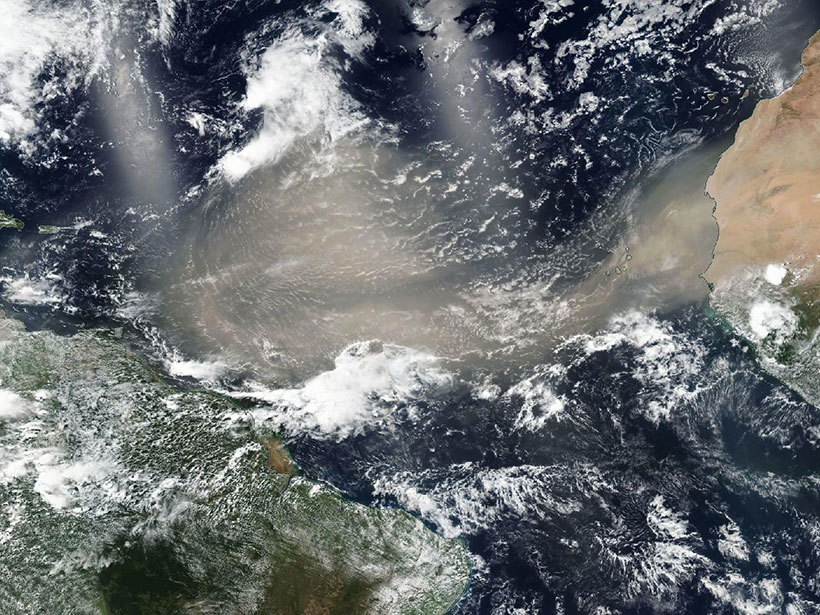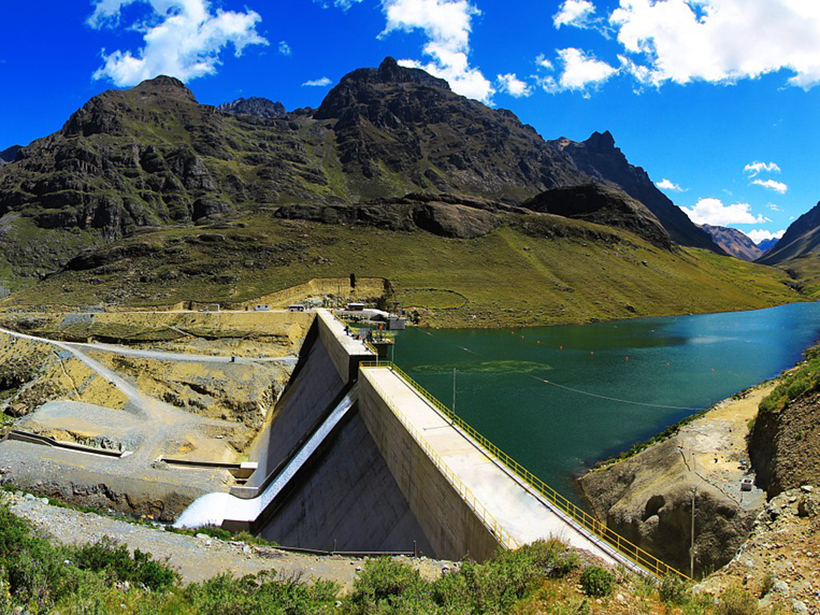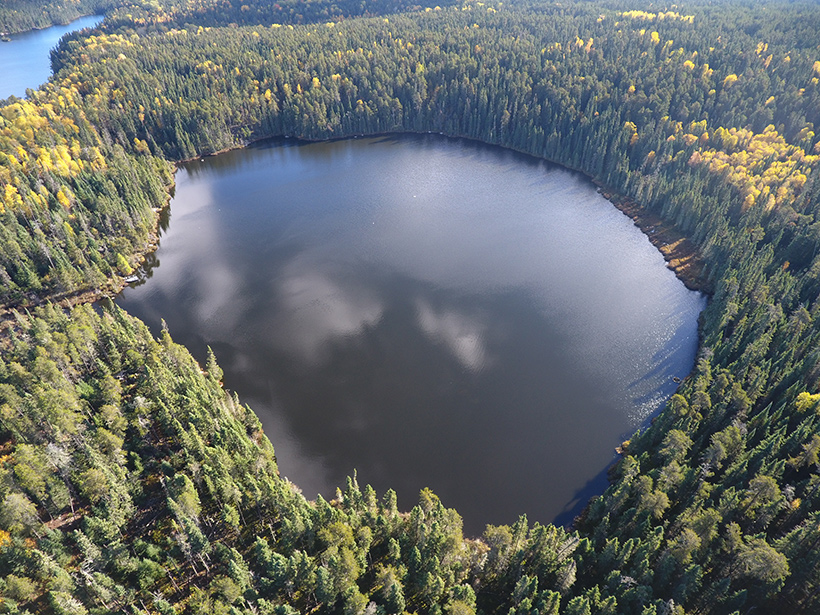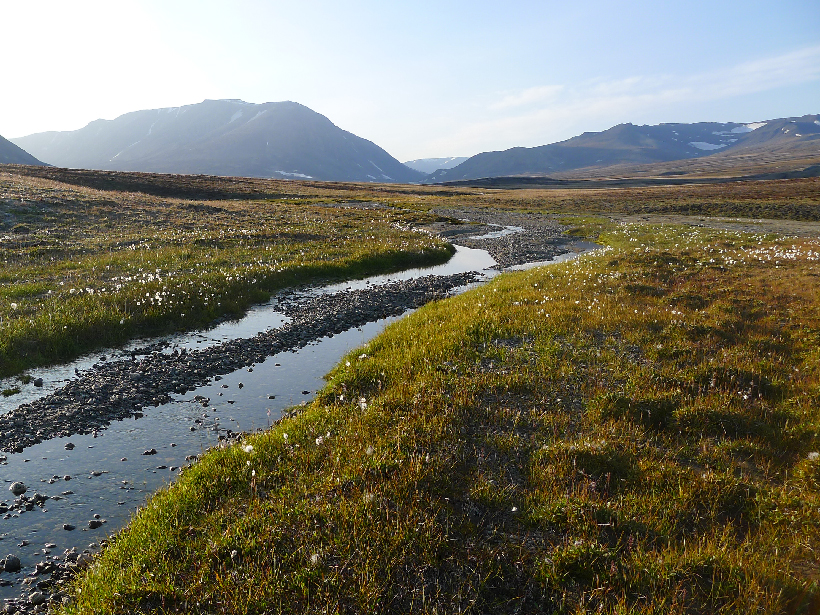Magnetotactic bacteria shunt sulfur, nitrogen, and other important elements between oxygen-poor and oxygen-rich waters.
nutrients
How Long Does Iron Linger in the Ocean’s Upper Layers?
A new study refines our understanding of marine residence times of iron, which supports carbon-sequestering sea life, offering valuable data to inform biogeochemical models.
The Legacy of Nitrogen Pollution
Researchers track decades of nitrogen inputs and uptake across the United States, highlighting the need for policy to address the legacy effects of this essential nutrient and pollutant.
Records and Risks of Legacy Phosphorus in Streams
A new study quantifies persistent phosphorus in a drainage basin in Sweden and points out risks and oversights to factor in to future stream management.
Trans-Atlantic Dusts May Not Enrich Amazon as Much as Thought
New research indicates that nutrient loads delivered to South American ecosystems by dust originating in Africa are far lower than suggested in previous studies.
Dams Alter Nutrient Flows to Coasts
New models indicate how dams worldwide influence the mix of nutrients in river water reaching the ocean. As more dams are built, changing nutrient loads may adversely affect coastal ecosystems.
The Lasting Legacy of Phosphorus Buried in Lakes
Research at an experimental lake suggests that phosphorus inputs from runoff may affect the health of aquatic ecosystems long after external additions of the nutrient are reduced.
Estuary Research Suffers from Scientific Bias
Researchers are calling for a closer look at nutrient cycling in tropical and low-nutrient estuaries, which have long been overlooked in the scientific literature.
How Machine Learning Redraws the Map of Ocean Ecosystems
Using an unsupervised learning algorithm, scientists can create new maps of ecosystem provinces in the ocean, opening the possibility of sharper data collection and monitoring.
How Will Climate Change Affect Arctic Stream Slime?
Rising temperatures and thawing permafrost will change nutrient concentrations in Arctic waterways, which will influence the growth of biogeochemically important biofilms.


